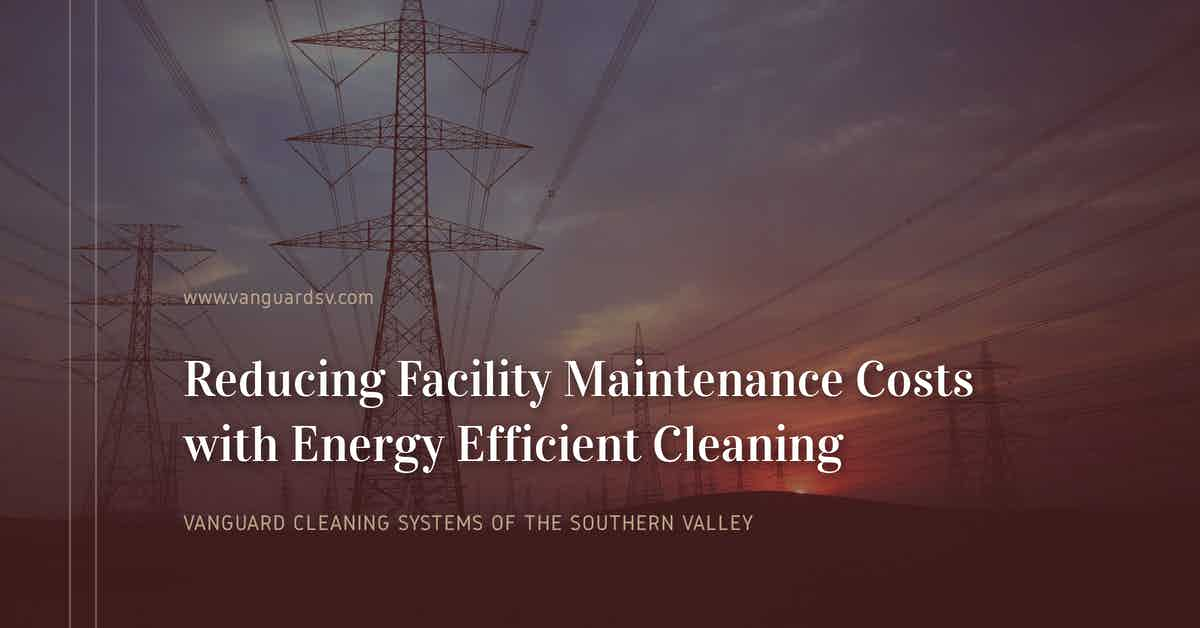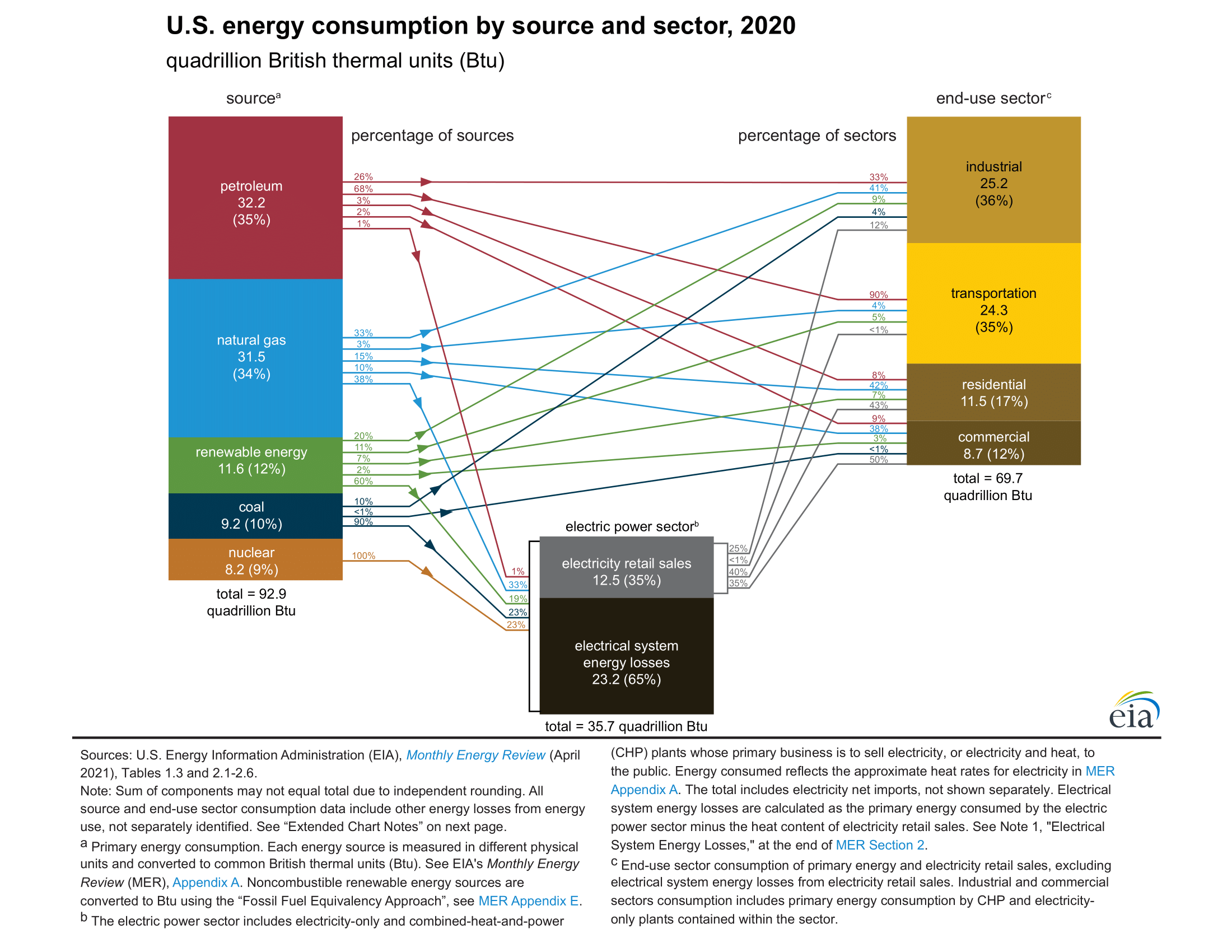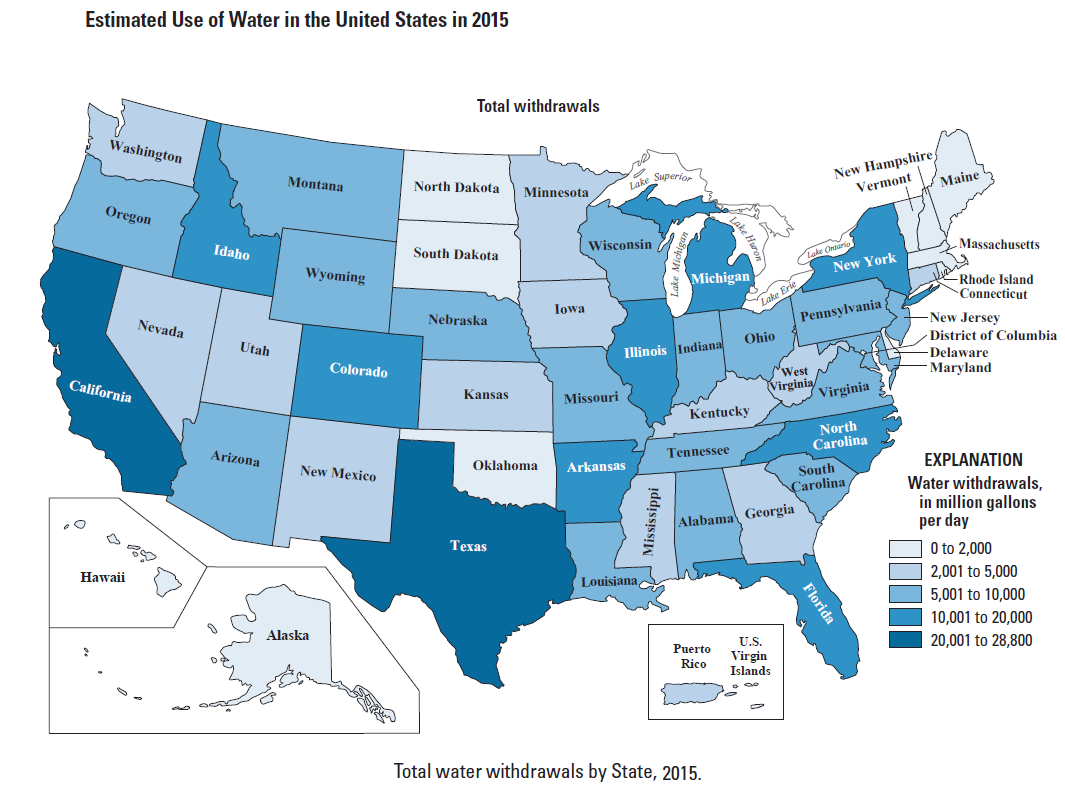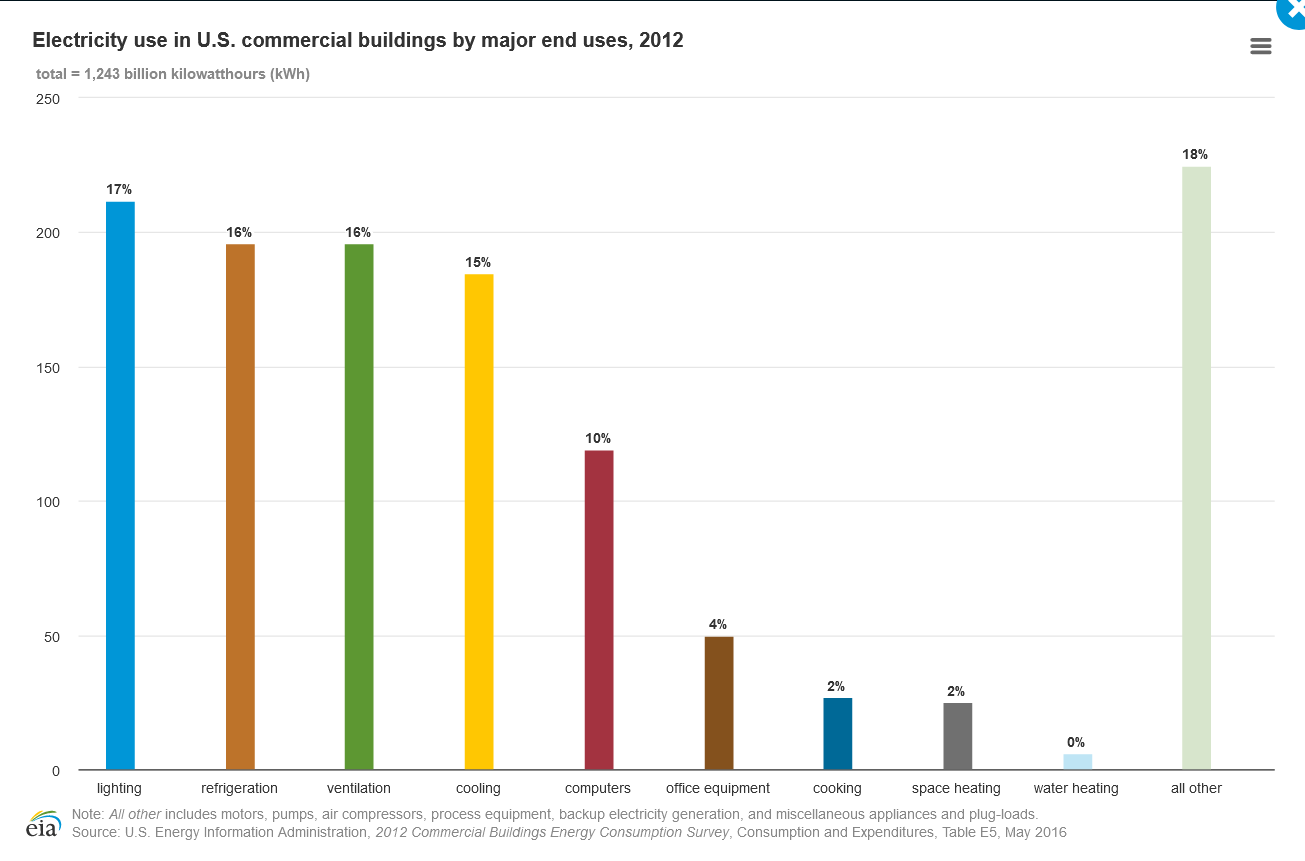Employing enhanced energy-efficient cleaning methods will reduce overall facility maintenance costs while decreasing the building's operational consumption of natural resources--gas, electricity, and water.

Cleaning Up Commercial Building Energy Consumption
US industrial and commercial facilities combined account for approximately 50% of all energy consumed each year.
Additionally, according to the US Geological Survey, in 2015 (the last year data is available), the nationwide water consumption was approximately 322B gallons per day, with California accounting for between 20B and 28.8B gallons per day.
While consumption of natural resources in the US has declined recently, more must be done to ensure a positive outlook for the country and future generations.
Given the amount of energy consumed by commercial and industrial facilities, reducing operational reliance on non-renewable natural resources by modifying and improving energy and water-reliant cleaning and disinfection practices is an excellent place to start.
Ways to Improve Energy Efficiency in Commercial and Industrial Buildings
There are several cost-effective and relatively simple measures that facility managers in commercial and industrial buildings can undertake to reduce energy consumption and improve operational efficiencies, including:
Installing LED Lighting
According to the US Energy Information Administration, lighting consumed 17% of electricity in US commercial buildings.
Switching to LED lighting could, reportedly, save the US economy hundreds of billions of dollars per year in electrical costs and eliminate 1.8B metric tons of carbon emissions.
In 2012, about 49 million LEDs were installed in the U.S. -- saving about $675 million in annual energy costs.
Switching entirely to LED lights over the next two decades could save the U.S. $250 billion in energy costs, reduce electricity consumption for lighting by nearly 50 percent and avoid 1,800 million metric tons of carbon emissions.
Daytime and Team Cleaning
Daytime cleaning benefits from natural light from the sun and significantly reduces the amount of electricity consumed in a building compared to nighttime cleaning.
Team cleaning, when implemented correctly, reduces energy consumption even further by increasing service provider and protocol efficiency, i.e., taking less time to produce higher quality outcomes.
According to Buildings Magazine;
BOMA Intl., in its Building Energy Efficiency Program (BEEP), suggests utilizing janitorial practices to save energy.
BEEP reports that janitorial is often ignored when developing energy-saving strategies, yet it typically accounts for almost 25 percent of weekly lighting use, which is equivalent to about 7 percent of total building energy use.
Strategies to reduce energy demand include team cleaning, coordination with security, and day cleaning.
These strategies can bring 0.6-percent to 8-percent energy savings per year, according to BEEP.
Installing Water-Efficient Fixtures in Restrooms
Bathrooms account for a significant volume of water use across several industries.
For example, according to the US Environmental Protection Agency, restrooms account for;
- 36% of all water consumed in commercial buildings, and;
- 45% in educational facilities.
Installing water-efficient systems such as dual-flush toilets and touchless fixtures in the restroom will significantly reduce water consumption and waste.
For example, according to Family Handyman;
[...] dual-flush toilets save around 67 percent of water used compared to regular toilets.
Older toilet models typically use 3.5 gallons per flush (gpf).
Some models even using as much as 7 gpf.
Right now, the industry standard is 1.6 gpf, which is still a significant decrease.
Depending on where you live, 1,000 gallons used could range anywhere between $2 to $3 in charges.
Since the average person will flush 20.1 gallons of water per day, this can add up pretty quickly for one toilet.
Additionally;
[...] many sensor-controlled restroom faucets save water by operating on 10- to 15-second intervals; after 10 or 15 seconds, if the system does not detect a user, it turns the water off.
The savings can be significant when the sensor-controlled faucet turns off the water after 10 or 15 seconds, which results in less than a quarter of the 2.2 gallons of water being used per minute.
Enhanced Cleaning Tools
Replacing outdated cleaning tools with modern equipment will significantly improve custodial service provider efficiency, reduce replacement costs, eliminate waste, and lower bills through reduced resource consumption.
For example:
- Microfiber - Increases service provider efficiency by as much as 18%, improves cleaning outcomes and facility health, and reduces water, electricity, and natural gas consumption by the custodial team.
- Touchless Foaming Soap Dispensers - Reduces water use while increasing hand hygiene compliance and facility sanitation, and;
- Dilution Control Systems - Reduce water waste by automatically measuring and dispensing the precise volume of water required for each cleaning product.
References & Resources
Takeaway
Implementing enhanced cleaning measures and equipment will significantly improve facility health, service provider efficiency, and occupant performance while reducing natural resource consumption, waste, and associated expenses.
The equipment and methods needed to achieve top-level outcomes require extensive operational experience and service provider training--factors that contribute to cost, often placing it well outside of the budgets of many organizations.
Outsourcing is a proven method for quickly onboarding highly in-demand custodial and facilities maintenance services at a fraction of the cost of managing a similar service in-house.
If you would like more information regarding the effectiveness of high-performance infection prevention and control measures, or if you would like to schedule a free, no-obligation onsite assessment of your facility's custodial needs, contact us today for a free quote!
In Bakersfield, CA, call (661) 437-3253
In Fresno, CA, call (559) 206-1059
In Valencia CA, or Santa Clarita CA, call (661) 437-3253
In Palmdale, CA or Lancaster, CA, call (661) 371-4756





You must be logged in to post a comment.